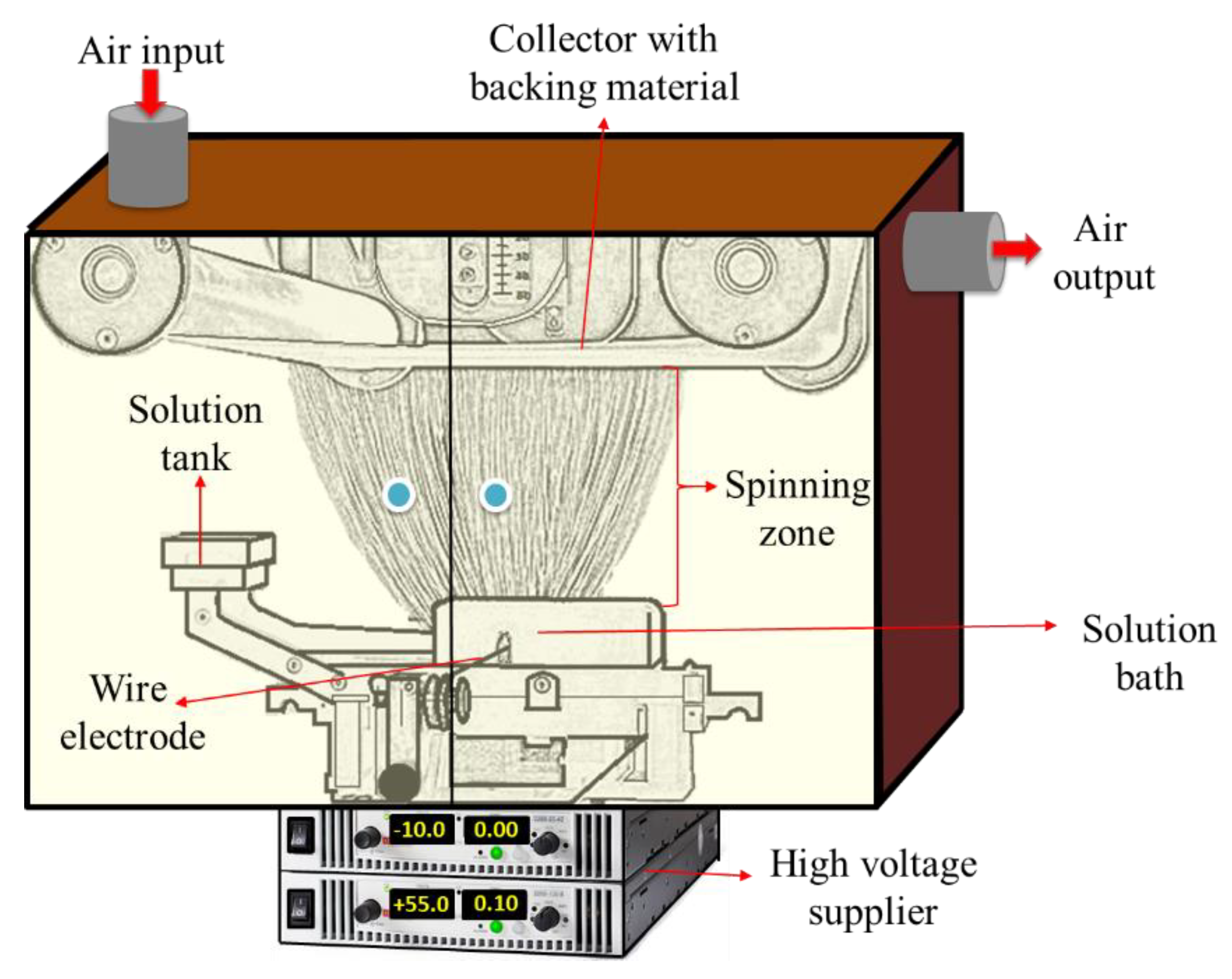
Information and Communication Technology (ICT) and youth unemployment in Africa
The research taken by Ogbonna, Adediran, Oloko, and Isah investigated “the effect of ICT on youth unemployment in Africa using a sample of 41 African countries between 2003 and 2018. The study employs a dynamic Generalised Method of Moment (GMM) approach and constructs a composite ICT index to combine key indicators of ICT, using the principal component approach.” Additionally, the ICT youth unemployment nexus of education which is an interactive role was also accounted for in the study. The theoretical model, Phillip curve, showed the effect of inflation, physical capital accumulation, economic growth, and a level of corruption. Further, in having a higher ICT deployment and usage aids for youth unemployment to be reduced in Africa. This statement leads to the hypothesis of the study. Moreover, there is evidence shown by reducing the unemployment rate of the ICT sector linked with the ICT usage that is exacerbated by education. The Phillip curve hypothesis shows that there is a negative effect on youth employment when there is an inflation rate. In many African countries there is economic recession and a declining economic growth, hence, the ICT education curriculum needs to be revised in order to reduce youth unemployment in the long-run.
dayal.prina

New research on catastrophic forgetting of AI neural networks

Influence of the lamination process on the mechanical properties of a PA6 electronspun membrane filter and its filtration capability

Skin-like electronics could monitor your health continuously

Scientists combine existing technologies to build new ultrafast electron microscope

AI transforms smartwatch ECG signals into a diagnostic tool for heart failure
Trending
- 1
- 2
- 3
-
4
Skin-like electronics could monitor your health continuously
kukreja.gunjan - 5
- 6
- 7
-
8
Wi-Peep - Discovery of new security loophole
kukreja.gunjan -
9
Recent research on AI vs Humans
kukreja.gunjan - 10
- 11
- 12